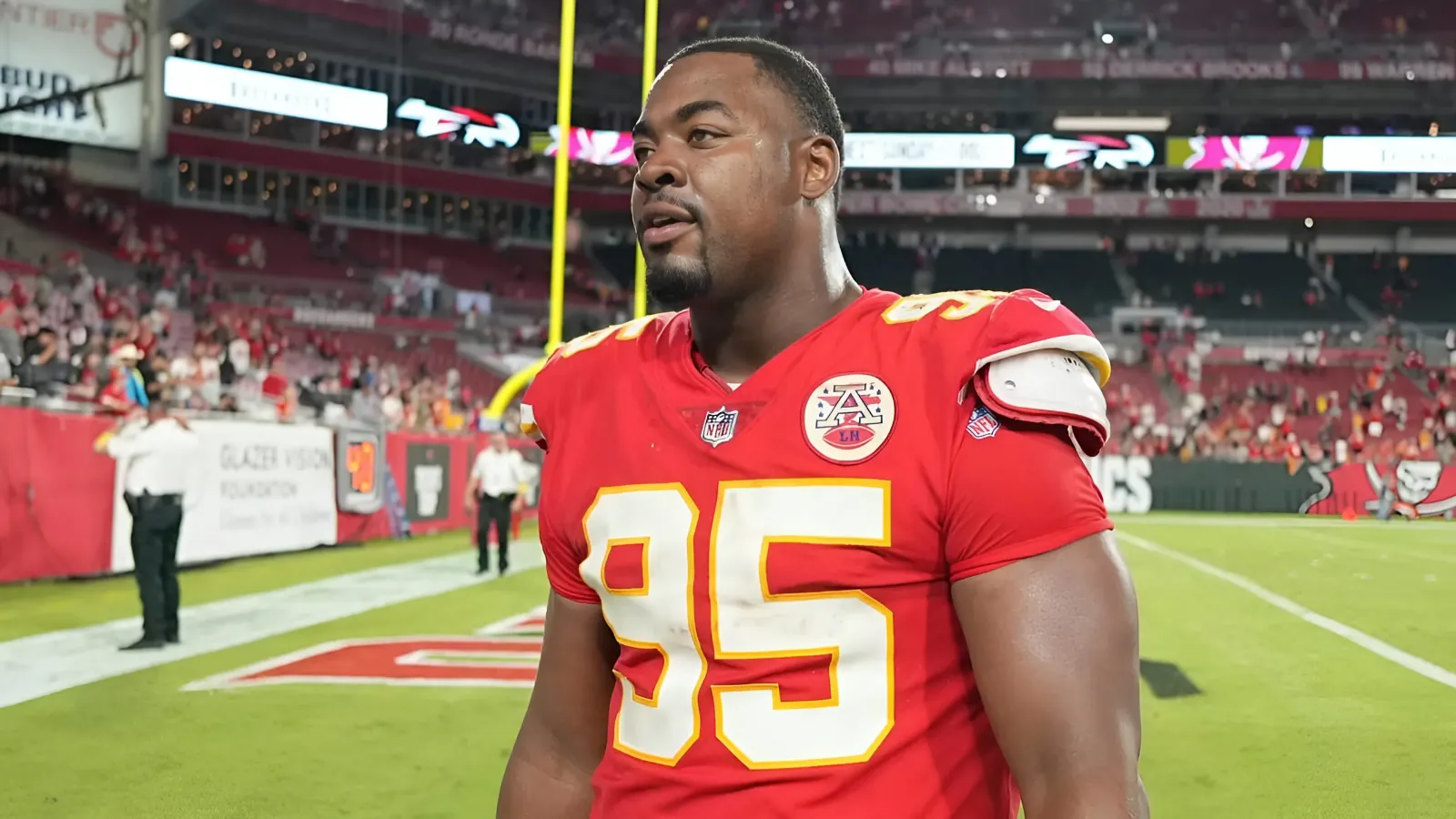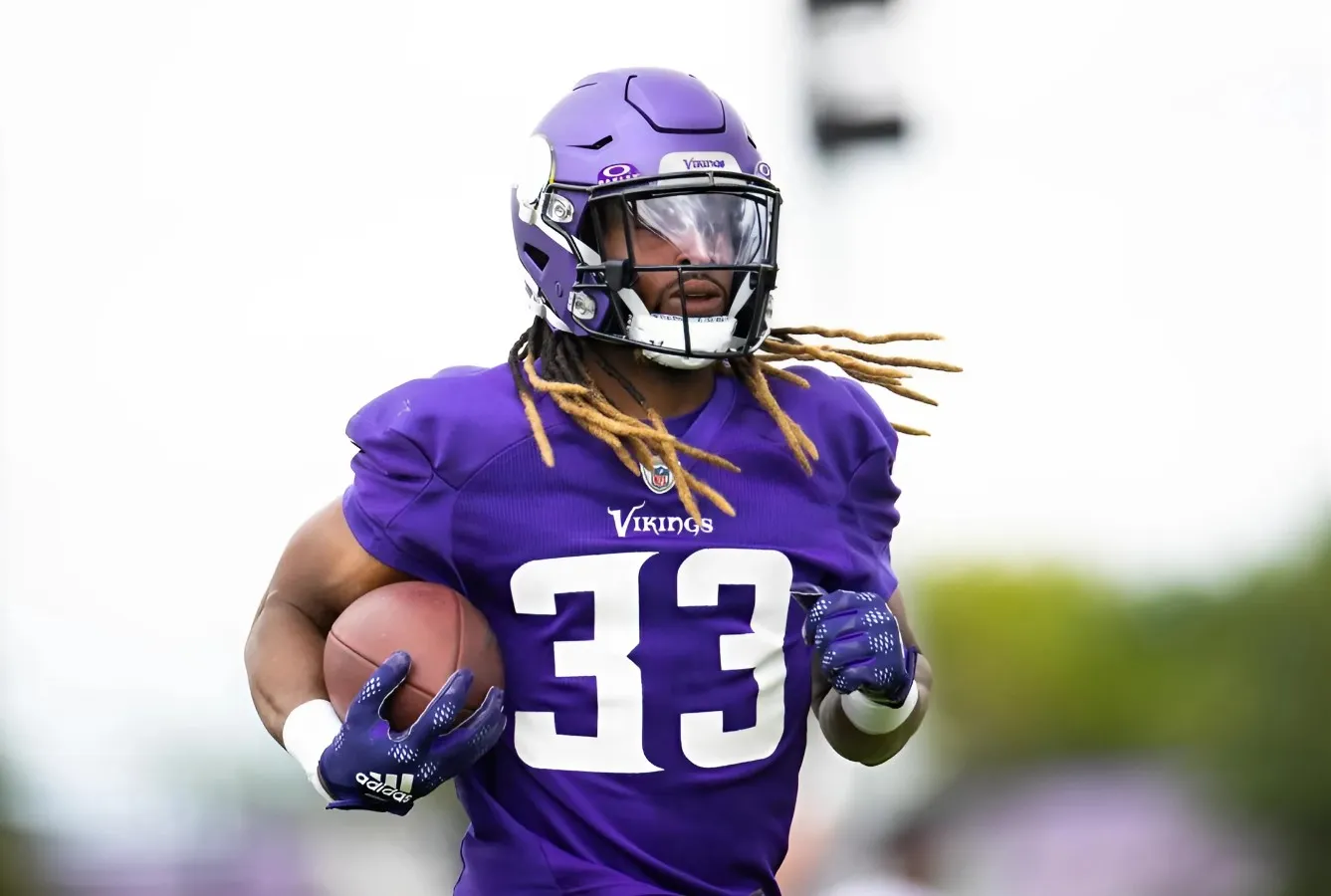Check out the video version of the interview above, or read on for the written edition!
"The fact is that I'm a terrible gamer," Santaolalla says, before describing himself bumping into virtual walls at every opportunity.

"But I have a son," Santaolalla adds. "And I always enjoyed watching him play.
"And I always thought, you know, if somebody, at some point, connects with a gamer in a more emotional way, has a more soulful connection, outside of killing and the survival and fighting [...] it's going to be a revolution."
This idea remained just that, an idea, until Santaolalla earned a massive amount of success in the movie industry. After winning two Academy Awards, for his work on the films Brokeback Mountain and Babel, he had his pick of new gigs.

Santaolalla recalls: "I was approached by several companies, one of them a very big company, with a couple of huge projects. Financially, but also in terms of exposure, I mean, they were big projects.
"And I always like to say that, whatever success I have achieved has to do not only with the things that I've done, but also the things that I have passed on. And at the time, it was big to say no. But I knew what I wanted.
"Then suddenly, Neil [Druckmann] appeared, and the story of The Last of Us. And he also pointed out that he was looking to connect with the gamer in that level, you know?
"So I got to work into it. It was very organic. I had total freedom to do whatever I felt.
"And when we learned that people were crying playing the game, I mean, it was confirmation, you know, that yes, this was really happening.
"I mean, the vision that I had, and what Neil had in his mind, that was something that was functioning and everybody was connected."
By entering your details, you are agreeing to our terms and conditions and privacy policy. You can unsubscribe at any time.
In terms of how he found the game’s beautiful signature sound, Santaolalla says: "I work really in a very primitive, primal, instinct-driven way. There's not a lot of reasoning behind it. Lots of times, what happens to me is that I do things, and then rationalise them [after the fact]."
This retroactive experience happened with The Last of Us. Santaolalla had composed some melodies with deeper-sounding instruments, like a Fender six-string bass from the 1960s. Other bits he’d played on more fragile-sounding instruments including the lute-like ronroco. In the middle of the soundscape were more instantly recognisable guitars and banjos.
In Santaolalla's words: "But then I realised that all this low-end thing was connected to the male side of the story, to Joel. And the ronroco, with this fragile sound and stuff, was Ellie’s world, you know? But when I did it, I didn’t think about it."
And now, years after his first involvement with The Last of Us, Santaolalla has played a number of his video game compositions live with full orchestras for shows in Poland and London.
"We really felt like a band when we were on stage," Santaolalla reflects, noting that it was a "tremendous" experience for him. "I’m still floating," he tells us.
"We got a standing ovation in the middle of the concert," he recalls. "That was, for me, very emotional. I just couldn't believe that this is happening in the middle of a concert, right?
"And then, by the end, it was just incredible, we had three encores. And believe me, we could have kept on going."

Of course, the world of The Last of Us is no longer contained in just one game.
The original 2013 release has now been followed with DLC, a full sequel released in 2020, and most recently a massively successful TV adaptation on HBO.
In the second game, Santaolalla popped up as a character, with players able to play as the composer in the free-play guitar mode.
In a word, Santaolalla describes seeing himself in the game as "amazing". He adds, "I mean, I couldn't believe it, you know? But it is there. I am there."
Santaolalla describes working on the TV adaptation’s score as "not that different for me", although he notes that "there was an element of anxiety involved".
As he puts it, "Usually, whenever you have any work that becomes successful in one media and in one format, to transpose that now to another [format], there is a high level of anxiety, because you don't know if people are gonna go, 'Oh, no, I like better the book,' you know?"
Sticking to Santaolalla's original musical vision for the TV version helped, as he sees it: "I think the fact that we use the music, the themes, and again the fabric, the textures that we have used in the game, [that] was instrumental in also making that transition [onto TV] smoother."

As for what the future holds, Santaolalla won’t be drawn on any specifics of upcoming projects in The Last of Us franchise.
He says in closing: "I’d love to continue to explore the universe of The Last of Us, because I think there's tons of stuff to be tapped into, you know?
"So, I know that we have a second season of The Last of Us, and it's a continuation of the story. But that's as much as I can talk about, and that’s as much as I know. And if I knew something else, I couldn't tell it anyhow.
"But of course, I am looking forward to continuing. I feel that I'm a part of that story. So whatever happens, I'll be there."



